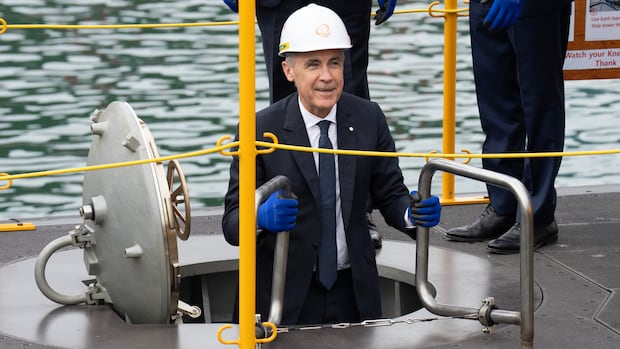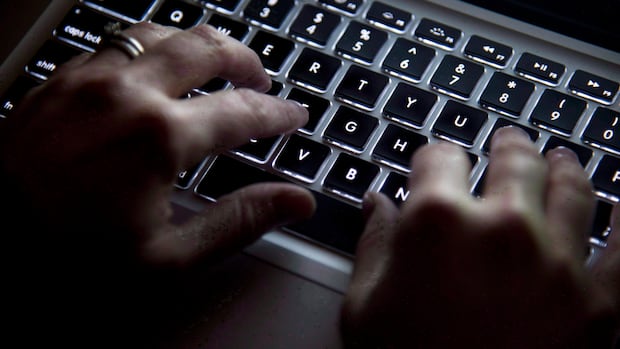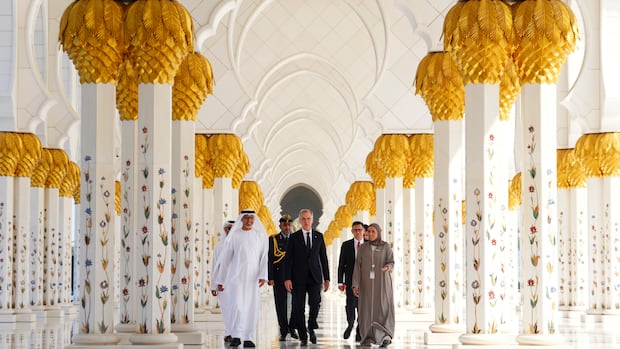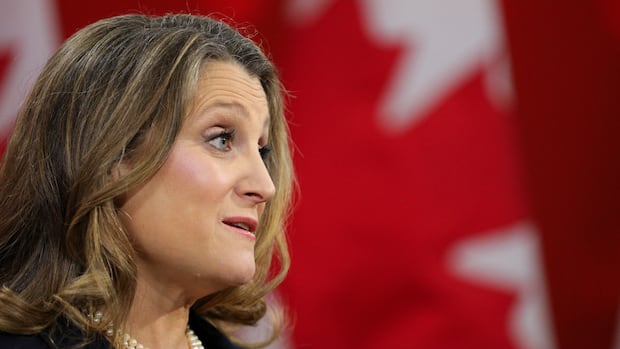Listen to this article
Estimated 4 minutes
The audio version of this article is generated by text-to-speech, a technology based on artificial intelligence.
The head of the union representing Canada’s border officers is suggesting the government's move toward automating the refugee claimant process is creating security gaps.
The Canada Border Services Agency was firm in pushing back against those allegations.
At issue is the CBSA’s One Touch intake system. It was thrust into the spotlight earlier this week after Customs and Immigration Union president Mark Weber raised concerns with what he sees as the dwindling amount of human interaction at the border while testifying before the standing committee on citizenship and immigration.
“This is a terrible thing,” he told MPs on the committee Tuesday.
“We are short-staffed, we're allowing people into the country without first doing that security screening.”
The One Touch model, which was piloted in 2022 and has since been rolled out nationally, was created to process what the CBSA calls “low-risk” claimants while managing high volumes of asylum seekers.
Previously, people seeking asylum in Canada would complete their forms in the presence of an officer upon arrival.
“That was our opportunity to ask follow-up questions, make sure that the claim is genuine. We could look for things like indications of coaching, human smuggling, that kind of thing,” Weber told CBC News in an interview Thursday.
Under the One Touch process, an eligible claimant is assessed by an officer and has their biometrics, like fingerprint impressions and photos, taken.
According to the CBSA, if they are flagged as high risk, the claimant still goes through the in-person application. But those deemed low risk have 45 days to fill out the required forms themselves online.
Weber called the initial risk assessment “very cursory.”
"We're not verifying anyone's story at all,” he said. “The ability for us to confirm whether or not their story is genuine has really been removed.”
Weber also said about 10 per cent of claimants don’t fill out the form, leaving it to CBSA inland offices to try and track them down for removal.
"It's exactly the people with the greatest motivation to not self-declare who are going to be the ones who don't self-declare and don't report back,” he said.
“They essentially disappear into Canada.”
Testifying before the same committee Thursday, Aaron McCrorie, vice-president of intelligence and enforcement at the CBSA, defended the move to the One Touch model.
“There are multiple layers of defence,” he said.
“Somebody claiming asylum out of port of entry, 100 per cent of them will spend time, and considerable amount of time, with the border services officer to do that initial risk assessment.”
McCrorie said the CBSA’s first step is to do the risk assessment for claimants arriving at a port of entry “to understand who you are, to assess whether you're admissible into the country, eligible to make a claim and establishing your identity."
WATCH | Conservative concerned about CBSA's new system:Conservative immigration critic Michelle Rempel Garner calls the CBSA's 'One Touch' refugee intake system 'super concerning.' Earlier this week, the head of the union representing border officers suggested the new system means claimants aren't asked as many questions upon entry.The senior CBSA official also said names and biometric information is run against border security and law enforcement databases.
“It's a very rigorous process. Is it perfect? No, there is no perfect system. And that's why we have subsequent layers of defence,” McCrorie said.
During a news conference earlier on Thursday, Conservative immigration critic Michelle Rempel Garner called the union’s comments “super concerning” and said her party is seeking more information.
The government has promised to hire 1,000 new border officers as part of its border security strategy.











